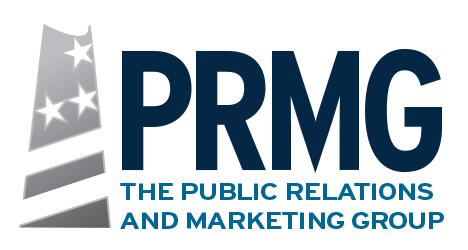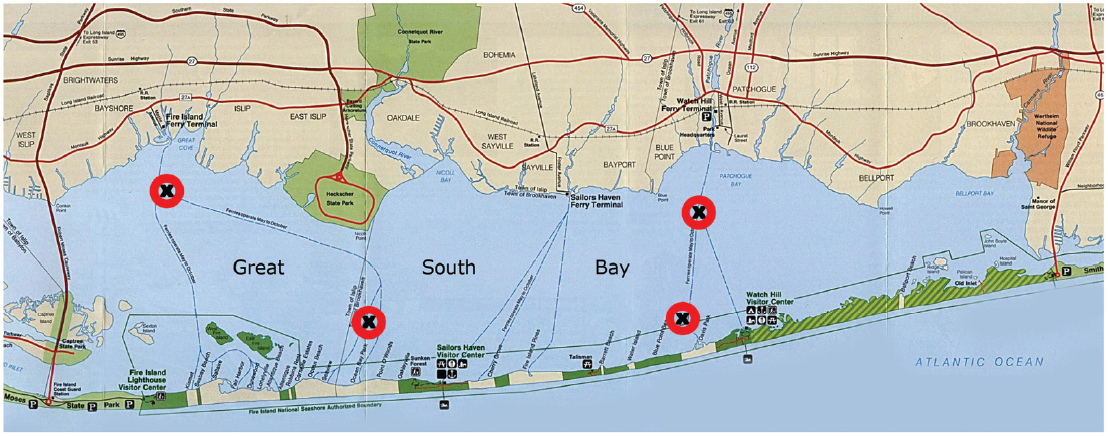Off-Page Optimization
This leads us to the broader category of off-page optimization. As you review your Google Analytics results and keyword rankings, you may find that you perform better on Yahoo! and Bing than Google for certain keywords. Your keyword rankings depend on several broad factors. The most important factor is the competition you face. The broader the word, especially if it describes an industry or service, the more difficult it is to rank high. When developing your keywords, you may want to begin narrowing your selection. This is often done by adding a geographic qualifier or being more specific with your keywords. Broad-based keywords do little to help you. If you are just launching your site, it is often suggested that you include some less competitive keywords to start generating visitors and then move into the more competitive words over time. The second major indicator of keyword ranking is the content of your pages and on-page optimization. If you do a good job here and regularly update your site, you should perform well with Bing and Yahoo over time. However, when it comes to Google, it is often more difficult to rank high. In addition to having good content, updating it regularly and having good on-page optimization, Google bases its rankings on the authority of your web site and, unfortunately, creating authority doesn’t happen overnight, regardless of what some online optimization companies will tell you. If a consultant promises you immediate results, he or she is either engaging in potentially blacklisting techniques or they are a complete scam artist. Frankly, the more effort you are willing to put into your site, the more you will get out of it.
Google’s authority system of ranking is based on the concept of citations. The idea is that the more other web sites “cite” you (through links), the more authority you must have. However, not all citations carry the same weight. For this reason, news sites and popular blogs rank higher with Google. Sites with an .edu extension rank higher. In sum, the more quality back links to your quality and relevant content, the better your site will perform with Google.
Other Off-Page Tips
-
The most beneficial links for SEO purposes are one-way inbound links with relevant anchor text. This is ideal → link http://amazon.com” alt=”great books” title=”great books”>Great books at Amazon and your page’s h1 →
Great books for sale at Amazon
-
You can generate your own one-way inbound links by posting on Forums, and making Comments. ** If the anchor text is the H1 of the target page, this is huge SEO points. See above.
-
Since links from .edu domains are given nice weight by the search engines, run a search for possible non-profit .edu sites that are looking for sponsors.
As you work towards optimizing your web site, it is important to remember that SEO is not a one-shot process. The search landscape changes daily, so expect to work on your optimization daily.
Building Traffic through Ad Word Advertising
Before we discuss off-page optimization techniques using public relations and social media, it is worth noting that there is an alternative to building traffic on the Web, through advertising. Once your site is developed with the buyer in mind and it has good content that is regularly updated, along with ways to engage and capture information from your visitors (this will always be necessary and will help you with your rankings anyway), then you can begin Ad Word campaigns on the various search engines. To improve your performance, develop professional looking landing pages with strong graphics related to your ad that provide the information that the visitor is looking for and draws the prospective buyer into your sales cycle. You may want to include links to other pages on your site (but you don’t have to), and you certainly want to include a product demo, a free download, a request for a free consultation and an e-newsletter sign up form. All of these “calls to action” are designed to capture information about your visitor and to maintain contact with them, especially if they aren’t buying your product or services today, which most won’t be. However, keep your forms short and limit the amount of required information. The important thing is to give something of value to your visitor and then to nurture them over time. Perhaps one of the best examples of this is Amazon. Have you ever ordered a book from Amazon and then find that you are regularly receiving information about recommended titles specifically targeted to your prior purchases? That is how one company nurtures its buyers. If you are regularly generating content for your site and are engaging in an ongoing public relations and marketing strategy, it will be easy to maintain communication and nurture your new prospects.
Building Web Authority and Traffic through PR
It has never been more important to engage in public relations to build your web-based content and web site authority. What should we write about? The important thing is that it doesn’t have to be a big story or major announcement. Post your news releases in your online newsroom, or if it is an article, on the articles page or blog. At a minimum, especially if you are a professional services organization, such as an attorney, accountant or psychologist, you should commit yourself (or hire someone) to generate at least one monthly column on an area of your expertise. This content has many uses and can serve as the basis of your ongoing marketing program. You can send it to reporters, post on web sites to generate back links, post using social media bookmark services and provide content to your social media followers. Rather than writing a full release, you can comment about items in the news. Blogs and Twitter are great for this. Post your views on your blog and other blogs. As you post, provided that comments are not marked as “no follow,” a back link will be generated, helping to promote your site. Develop a topic to regularly update people on. Use the blog or social media, such as Twitter. You are not only creating content and back links, you are positioning yourself as an expert. Over time, you will also generate additional attention from bloggers and traditional news media.
When writing your releases, you want to optimize the release by incorporating keywords and links to bring people to landing pages on your site, such as a free trial, or to a registration page. You also want to include social media tags to improve the likelihood that the release will be found.
What to Write About: News Release Ideas
Here are some other ideas for news releases:
-
Product and Service announcements
-
Lectures and Events, whether your own or ones that you are participating in.
-
Awards and Recognition of the company and staff
-
Staff announcements
-
Media availabilities and releases on items in the news, for example:
-
Charitable contributions
-
Tie in articles about the Calendar and Awareness days
-
Comment on public policy issues
-
Write Opinion-Editorials
-
Articles & Columns
-
Write releases that address buyer problems
-
Announce a new customer or client
-
White Paper or publication released
Blogs: How to Use Them?
The topic of creating and promoting blogs will be discussed in a later article. For the purpose of building and creating Web traffic, one of the most important questions to ask is if it should be incorporated into a web site or be free-standing with its own domain. The first thing to ask is “Do I have the time to develop, maintain and promote two domains?” For most small businesses that can commit to only a limited amount of time, you may want to incorporate a blog into your web site. This will help to keep the web site updated and improve its ranking with search engines. However, having a separate blog site will help you better position yourself as an authority by separating your overt marketing (your organization’s site) from your blog whose primary purpose is to promote your site and position you as a thought leader. This will better enable you to utilize social media since you’ll be asking people to link to and promote a site that doesn’t directly promote your organization.
Using Social Media to Promote Your Site
Social media networking sites may not be as helpful to build your site’s page ranking as the “follow on” is often turned off. However, several social media bookmarking sites should be used including: del.icio.us, Digg and StumbleUpon. You’ll use social media networking sites, such as Facebook, Twitter and LinkedIn to promote your Web content to your friends and followers.
Conclusion
Building an effective web site has become the most important part of an organization’s communications and marketing plan. However, to be successful, it requires an ongoing commitment and resources. In the end, your web site will become a driving force behind your business or cause and you will help to position yourself as a leader in your industry.







